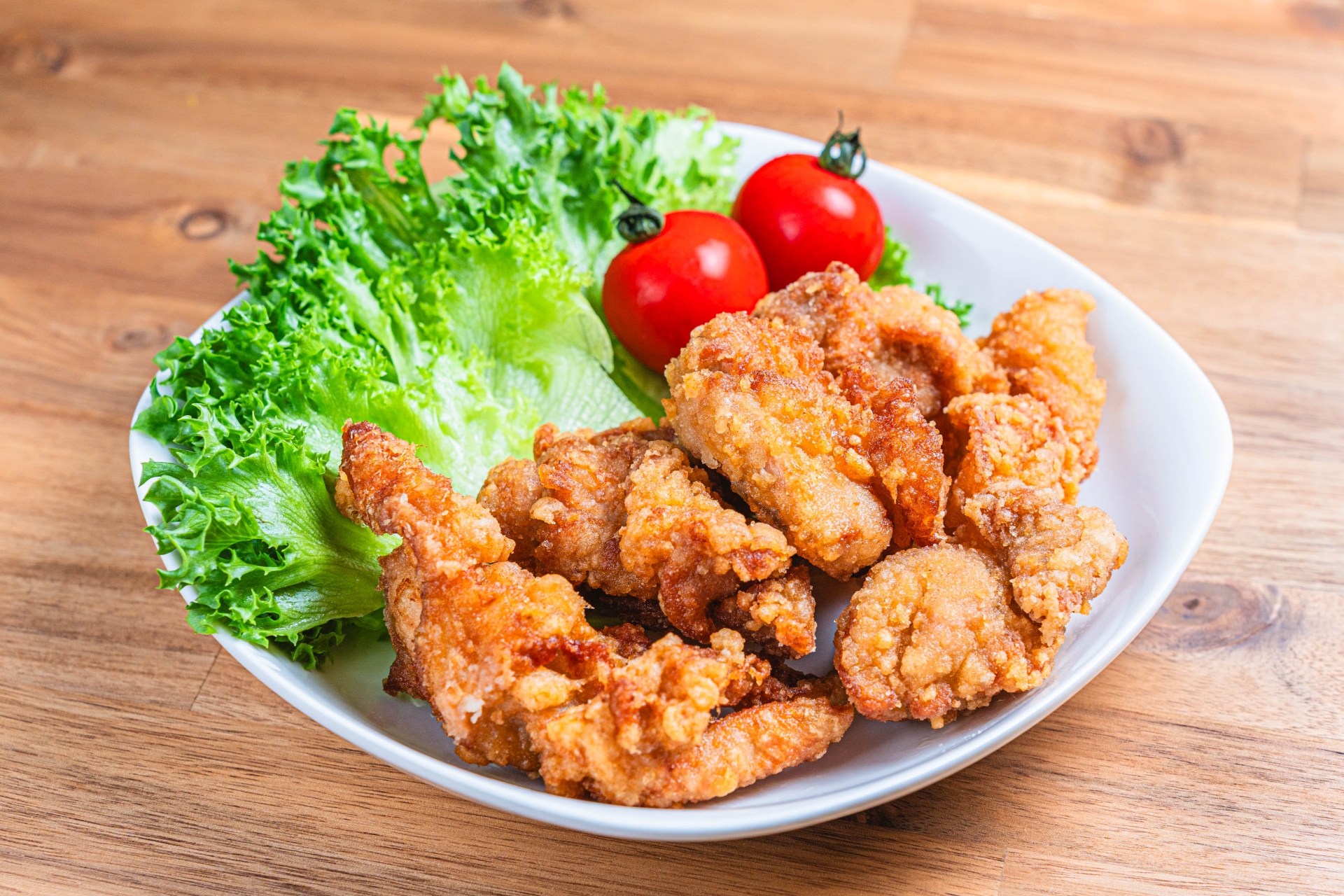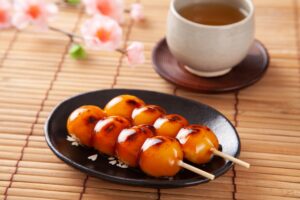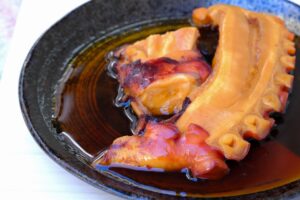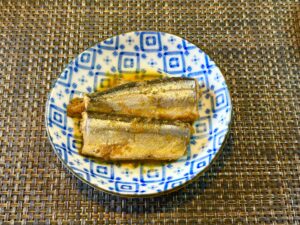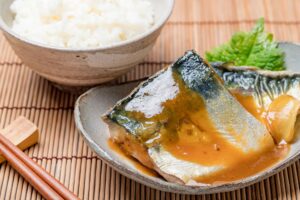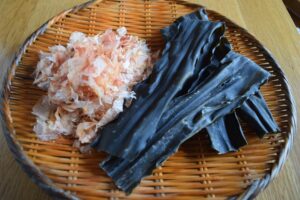Karaage is a staple of Japanese home cooking and izakaya menus, beloved for its crispy exterior, juicy interior, and distinct umami-rich marinade. While often translated simply as “Japanese fried chicken,” there’s much more to karaage than that. In this article, we’ll explore what karaage truly is, how it’s made, how it differs from other types of fried chicken, and how you can make it at home. Whether you’re a foodie, a curious traveler, or a home cook, this guide will give you a deep dive into one of Japan’s most flavorful dishes.
What Is Karaage? A Japanese Culinary Classic
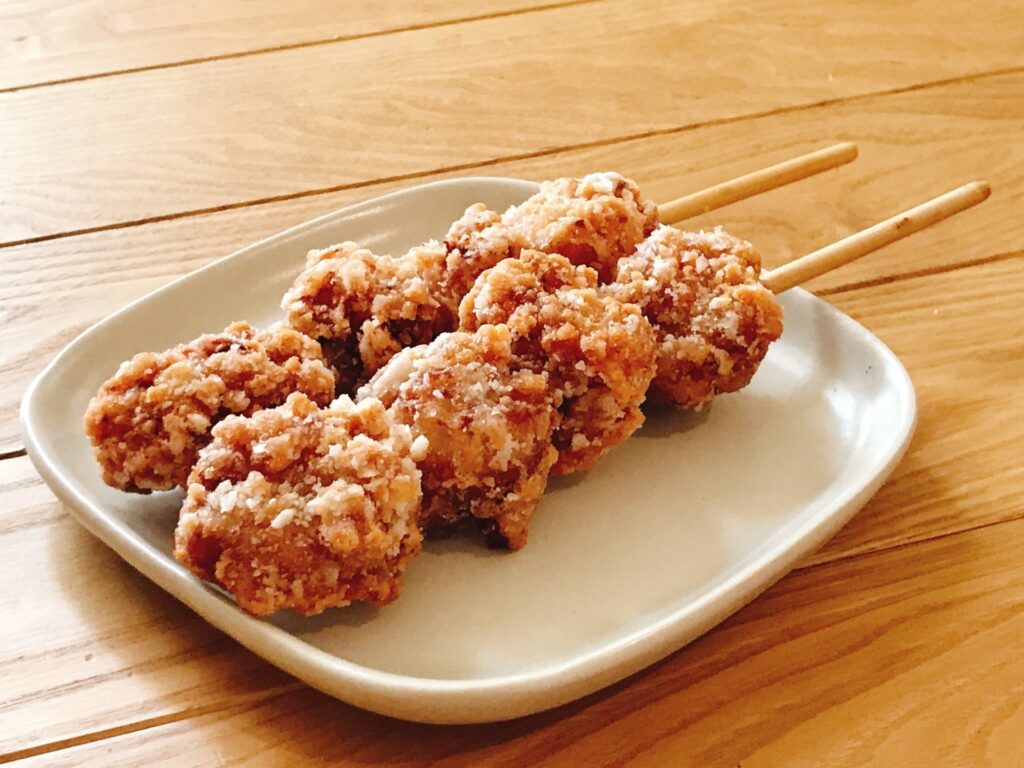
Karaage (からあげ) is Japan’s answer to fried chicken, but calling it that barely does it justice. This beloved dish features bite-sized pieces of chicken—most often thigh meat—that are marinated in a savory-sweet mixture of soy sauce, sake, garlic, and ginger before being lightly coated in potato starch and deep-fried to golden perfection. The result? A crispy exterior with a juicy, umami-packed interior that’s uniquely satisfying.
The word “karaage” refers to a specific Japanese frying technique rather than the dish itself. Unlike Western-style fried chicken, which is often coated in a thick batter or flour-based breading, karaage relies on its marinade for flavor and uses starch for a light, crisp finish. This method highlights the natural flavor of the meat while adding depth through the marinade.
In Japan, karaage is everywhere: bento boxes, izakayas (Japanese pubs), festivals, convenience stores, and even school lunches. Its popularity has spread globally, thanks to the dish’s irresistible texture and bold flavor profile, making it a favorite among food lovers worldwide.

The History and Etymology of Karaage
Karaage’s roots trace back to the 17th century, when Japan began incorporating Chinese cooking techniques into its cuisine. The word “唐握げ” (karaage) combines “唐” (kara), referring to China or Chinese-style, and “握げ” (age), meaning “deep-fried.” Originally, the term applied to any food deep-fried without batter, influenced by Chinese methods.
Over time, Japan adapted and localized these techniques, applying them to native ingredients and tastes. The karaage we recognize today evolved during the post-World War II era, when chicken became more accessible and popular. It became a staple of home cooking and school lunches, reflecting Japan’s knack for refining foreign influences into something uniquely Japanese.
By the 1960s, karaage had cemented its place in Japanese food culture. Local variations started to emerge, further embedding the dish into regional culinary identities. Today, karaage is both a nostalgic comfort food and a platform for innovation, representing the evolution of Japanese cuisine over centuries.
How Karaage Is Made: Ingredients and Techniques
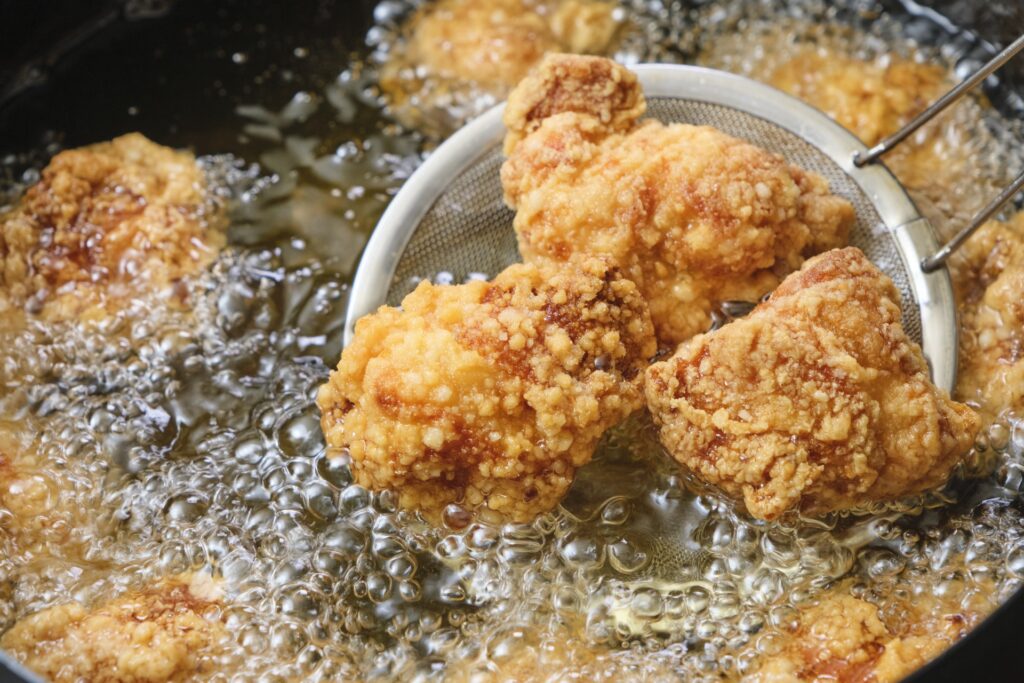
Karaage is traditionally made with chicken thighs, but it can also be made with a variety of other proteins such as fish (e.g., mackerel or white fish), tofu, or even plant-based meat alternatives. The technique and marinade remain largely the same across these versions.
Here’s a basic chicken karaage recipe with clear steps and ingredient quantities:
Ingredients (for 2-3 servings):
- 500g (about 1 lb) boneless chicken thighs, cut into bite-sized pieces
- 2 tbsp soy sauce
- 1 tbsp sake (or dry sherry as a substitute)
- 1 tsp grated fresh ginger
- 1 clove garlic, grated
- 1 tsp sugar (optional)
- 1/2 cup potato starch (or cornstarch)
- Oil for deep frying
Instructions:
- Marinate the chicken:
- In a bowl, combine soy sauce, sake, ginger, garlic, and optional sugar.
- Add chicken pieces and mix well.
- Cover and marinate in the refrigerator for at least 30 minutes.
- Coat the chicken:
- Remove the chicken from the marinade and lightly pat dry.
- Dredge each piece in potato starch until evenly coated.
- First fry (low temperature):
- Heat oil to 160°C (320°F).
- Fry the chicken in small batches for about 3–4 minutes until light golden.
- Remove and let rest on a wire rack.
- Second fry (high temperature):
- Increase oil temperature to 190°C (375°F).
- Re-fry the chicken for 1–2 minutes until golden brown and crispy.
- Drain on a wire rack or paper towels.
- Serve hot with lemon wedges or Japanese mayo.
This double-frying method ensures a crispy outer layer and a juicy, flavorful interior.
Karaage vs. American Fried Chicken: What’s the Difference?
While both dishes are delicious, karaage and American fried chicken differ in several ways:
| Feature | Karaage | American Fried Chicken |
| Flavoring Method | Marinated in soy, garlic, ginger | Seasoned flour or buttermilk |
| Coating | Potato or cornstarch | All-purpose wheat flour |
| Texture | Thin, crisp, less greasy | Thick, crunchy, oil-heavy |
| Meat Cut | Typically thigh (dark meat) | Often breast or drumsticks |
| Cultural Context | Street food, bento, izakaya | Southern comfort, diner fare |
In short, karaage offers a lighter, umami-rich take on fried chicken with more subtle and integrated flavors.
Regional Variations: From Zangi to Nakatsu Karaage
Across Japan, regional pride shines through in local karaage styles. In Hokkaido, “Zangi” is a popular variant that includes seasoning the chicken before marination, resulting in a bolder flavor. Zangi is often accompanied by a dipping sauce, adding another layer of complexity.
In contrast, Nakatsu Karaage from Oita Prefecture has earned nationwide fame. Nakatsu is known for its dedication to karaage, even hosting an annual Karaage Festival and a high density of specialty shops. Their version emphasizes intense flavor through longer marination and a carefully balanced seasoning mix.
These regional styles showcase how deeply ingrained karaage is in Japanese food culture. Each town may have its own take, turning this dish into a source of local identity and culinary pride.
Modern Karaage: Creative Twists and Dietary Alternatives
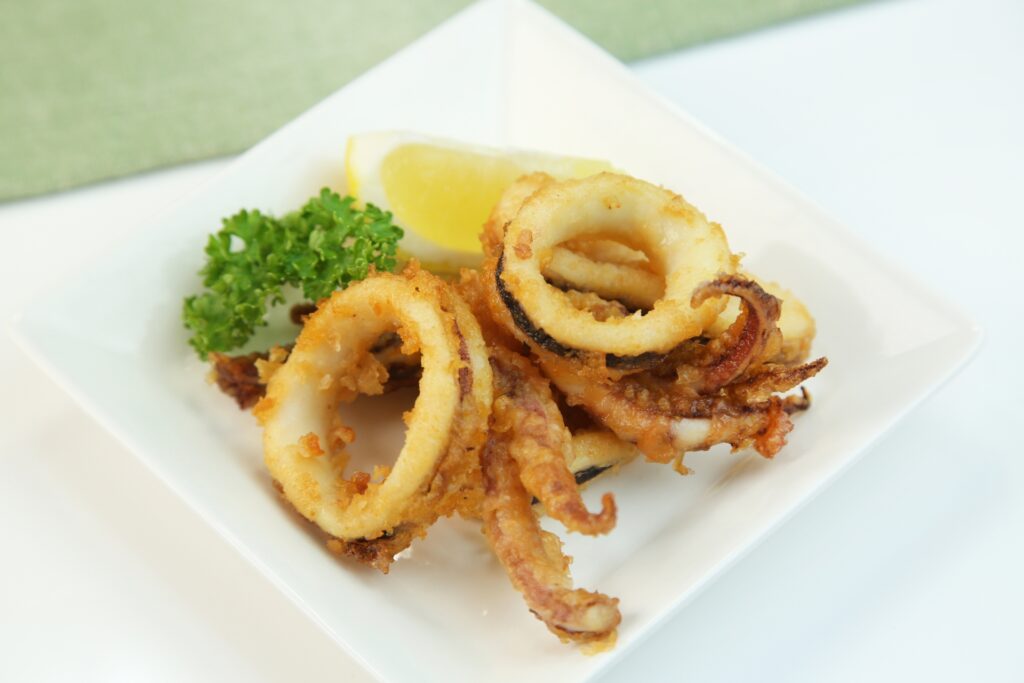
As dietary preferences evolve, so does karaage. Creative chefs and home cooks have developed versions that use fish, tofu, or plant-based proteins like soy curls or seitan. These maintain the signature marinade and starch coating while catering to vegetarian and vegan diets.
For those seeking healthier options, oven-baked or air fryer karaage has become increasingly popular. These methods reduce oil use without sacrificing too much of the crispy texture. To achieve this, it’s recommended to lightly spray the chicken with oil before baking or air-frying.
Quick tip: Marinate your protein well and use potato starch for the most authentic result. Even without deep-frying, these alternatives can deliver satisfying flavor and crunch.
Perfect Pairings: What to Eat with Karaage
Karaage pairs beautifully with a variety of Japanese sides and drinks. Classic accompaniments include:
- Steamed white rice
- Miso soup
- Japanese pickles (tsukemono)
- Cabbage slaw or shredded lettuce
- Potato salad
For dipping, Japanese mayonnaise and a squeeze of lemon are traditional favorites. Karaage also pairs well with spicy sauces, ponzu, or even wasabi-infused dips.
In terms of drinks, light lagers and sake are natural matches, balancing the rich flavors. Green tea or oolong tea offers a non-alcoholic complement that cleanses the palate.
To create a full meal, consider serving karaage alongside tamagoyaki (Japanese omelet), edamame, and rice balls (onigiri) for a satisfying and authentic Japanese dining experience.
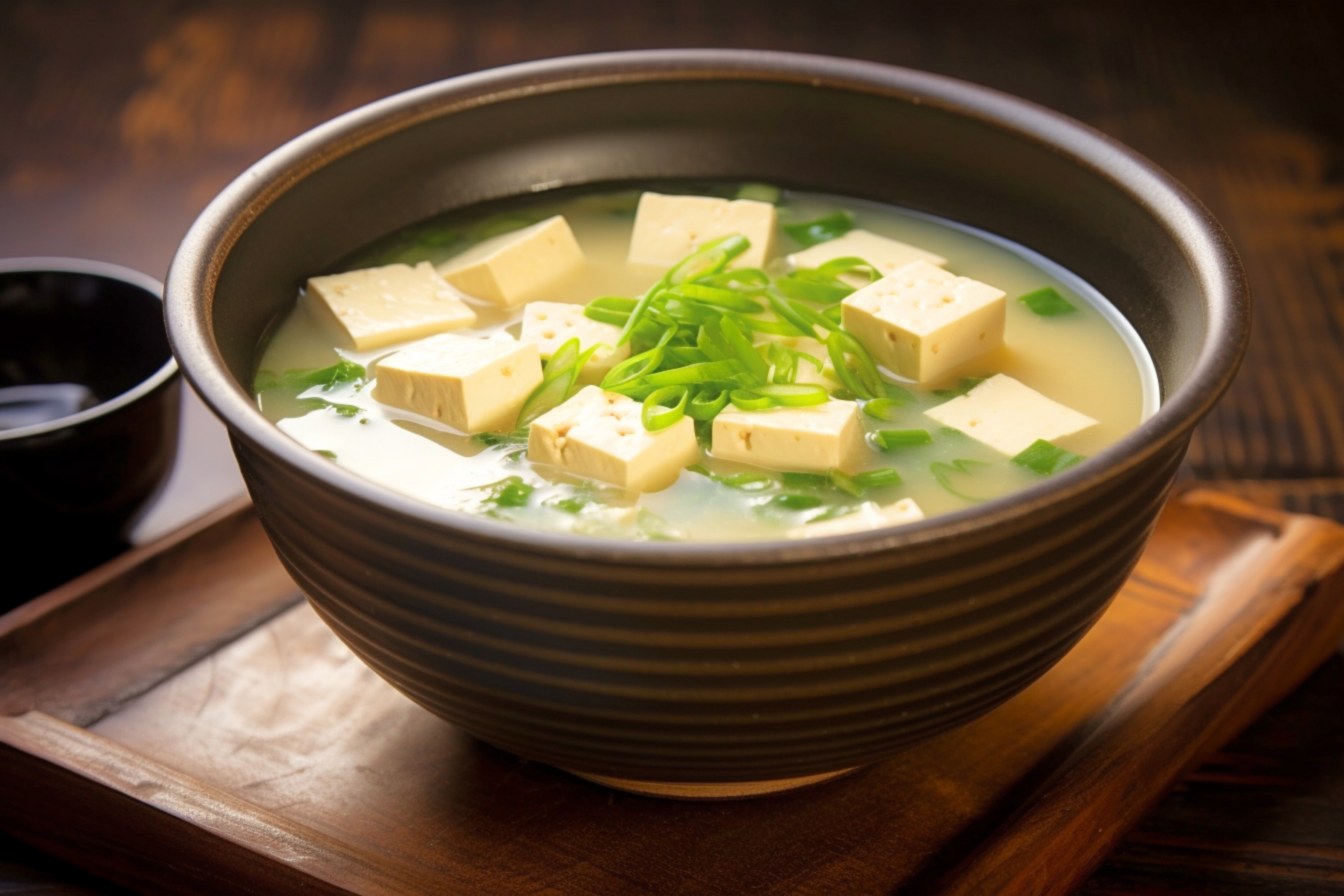
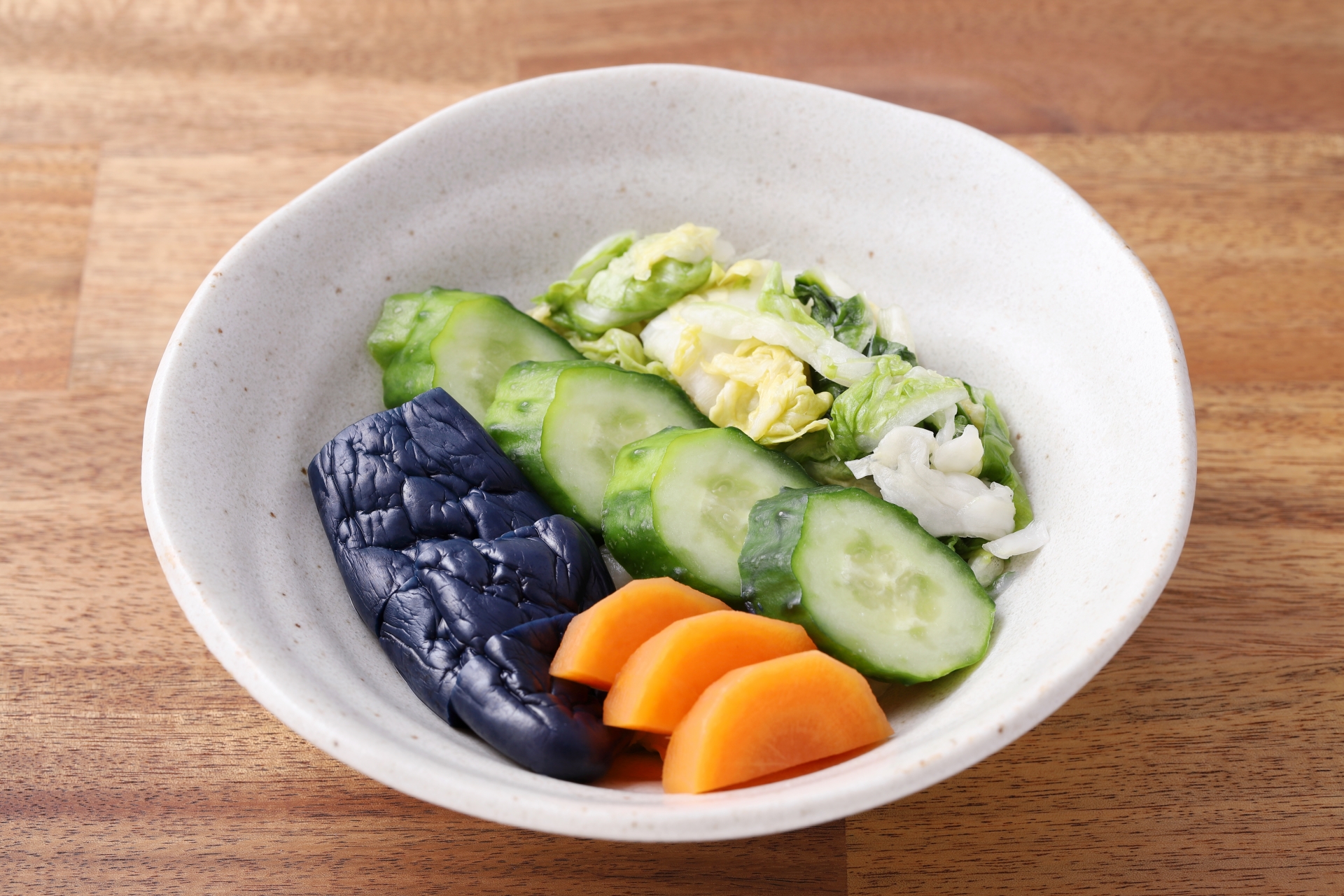
Where to Find Karaage Outside of Japan
Karaage has made its way onto menus across the globe, particularly in cities with vibrant Japanese food scenes like Los Angeles, New York, London, and Sydney. Izakaya-style restaurants and ramen shops often include karaage as a starter or side dish.
Japanese fast-casual chains such as Tenya, Torikatsu, or Gyu-Kaku frequently offer karaage, sometimes even as part of fusion dishes like karaage tacos or sliders. Food halls and Asian fusion spots are increasingly embracing karaage due to its crowd-pleasing nature.
When scanning a menu, look for terms like “Japanese fried chicken,” “chicken karaage,” or dishes listed under “small plates” or “appetizers.” A good sign of quality karaage is a golden, slightly uneven crust—a result of starch frying—and visible marinade coloration.
FAQ: Everything Else You Might Be Wondering About Karaage
Is karaage Japanese or Chinese? Karaage is a Japanese dish with Chinese roots. The technique was inspired by Chinese cooking but evolved into a uniquely Japanese culinary staple.
What’s the difference between karaage and tempura? Tempura uses a light flour-and-egg batter and focuses on delicate frying, while karaage uses marinated meat and starch for a crispier, more flavorful finish.
What part of the chicken is best? Boneless thighs are ideal for karaage due to their tenderness and rich flavor.
What does karaage taste like? Karaage is savory, slightly sweet, and deeply umami with a crispy texture. The marinade ensures that flavor penetrates the meat.
Conclusion: Karaage as a Gateway to Japanese Flavor
Karaage is more than just “Japanese fried chicken”—it’s a symbol of how Japan refines and redefines culinary techniques. From its humble beginnings as a Chinese-inspired dish to a global comfort food phenomenon, karaage showcases the power of thoughtful preparation and balanced flavors.
Whether you’re trying it in a Tokyo izakaya, cooking it at home, or discovering it at a fusion restaurant abroad, karaage offers an accessible and delicious entry point into the world of Japanese cuisine. Once you try it, you might find yourself exploring related dishes like tonkatsu, tempura, or donburi—and falling even deeper in love with Japanese food.

